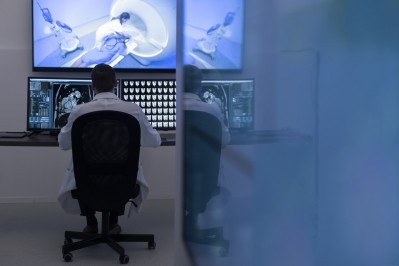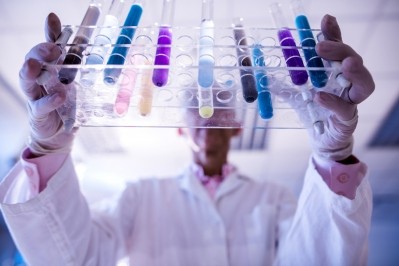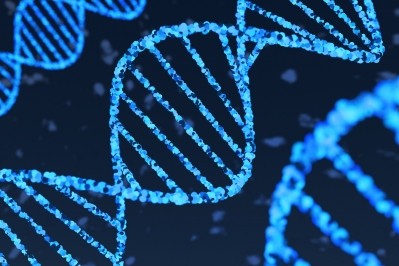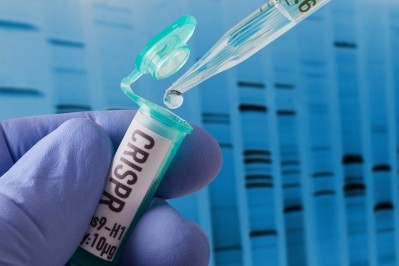Claudia Zylberberg on her cell and gene industry triumphs and ISCT hopes
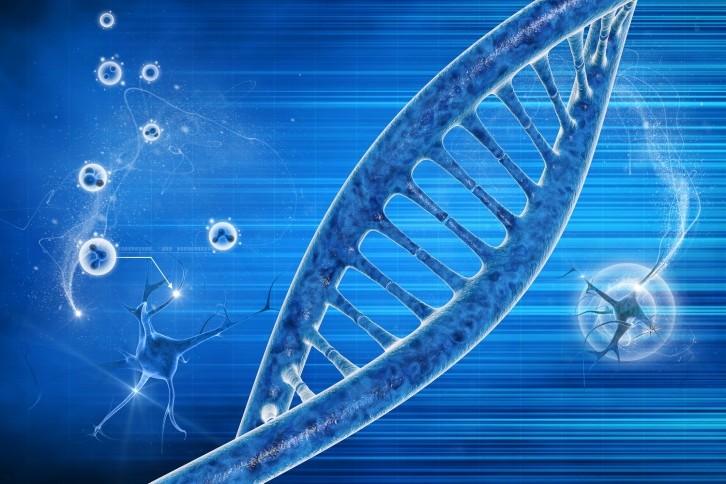
BPR: What set you on the path to achieve success and first prompted your love of science?
It's interesting because I think being a researcher is something that you are born with. It’s an innate curiosity which starts at a very early age, and you foster that in kids. We are creating small and young researchers as we move along – and that was my case. My parents were very active engineers and scientists in the family, and they inspired me in that area. I was maybe five or six years old when I had my first microscope and I was looking for every fly and bug around the house, trying to see how they were different or the same. I actually had a chance one time when I was in fifth grade to bring a frog in the house!
One of my main inspirations was definitely my grandmother. She was a surgeon dentist in the early 1920s in Argentina. She was pretty much an innovator, she had her own office, and she was very independent, also very keen on beauty and aesthetics. She was my inspiration in many ways.
BPR: Can you tell us about your career trajectory?
Well, during the early days of cell and gene therapy, I was working in the human plasma industry and blood was always an interesting element. It has the plasma, and the cells and at the time, nobody was doing anything with those cells. Actually, the products that were coming from the human blood were always immunoglobulins or a couple of proteins just related to the human plasma. These immune cells had important capabilities and functions and I thought – what can we do with them? But the science was not there.
So, I said - what can I do to keep those cells at the age they were at the time of collection and maybe use them 20 years from now? I came up with the idea to actually preserve the cells from the buffy coat. So, you separate the plasma from the cells, T cells, B cells, stem cells in the blood and freeze them. Once you cryopreserve them, you can use them 10 years from now. That idea was ahead of the time, because the company I was working for at the time was geared towards the consumer market, not necessarily an industry market. The consumer was not educated enough about stem cells at that time, there was a lot of cloudiness in terms of stem cells, it related to embryonic stem cells and not much more than that. It was not a mainstream concept like it is today.
So, people didn't understand saving them for the future for what the future could look like. Many understood bone marrow transplants, so they understood the use of the blood, but not necessarily as a consumer product, the reason to save cells for the future.
It was a great idea – but too early at the time! We had one competitor which validated our idea, NeoStem with Robin Smith, who we had a great relationship with. We were in the same boat with the same concept in mind, but it was not something that the market understood. I decided to shift and add cord blood banking, because that was something that people understood more, although no therapies were, at that time, possible with cord blood, so we added core blood and sold the company to another group.
Assureimmune was born a year before Akron, we made the decision to focus on Akron – it was growing and it needed more attention. So instead of putting energy in two entities at the same time, maybe it was time to let one go and focus on the other one.
BPR: Was that an easy decision?
When I made up my mind, yes, but it wasn’t easy to give it up. But you have to be pragmatic with money and resources. As a leader, it’s important to understand cues – which are sometimes internal but sometimes external. It’s interesting to look at the RNA emergence – the 1980s was not the right time or the right market. The right people were doing strong research, but COVID-19 was the right situation with the right people. So timing is crucial, and you must have the resilience to move onto the next project. But that is what immigrants do – we are resilient and know how to find our ground again.
BPR: Why did you set up Akron and what led to its success?
I took Akron to a new level by deciding that we needed to create products that everybody could use at the highest quality possible. Cell therapy manufacturing was creating a product that couldn't be sterilized at the end, like many medicines and biologics that you produce. Today, you have a last step of sterilization, and that product becomes sterile to give to patients. However, in cell therapy – that cannot happen in the manufacturing setting.
So, my view at the time was, let's create the same components that are needed for these products, the cells to grow, and differentiate and proliferate, but in the highest grade possible. I combined quite a few items that perhaps I learned from Assureimmune, which was the quality standards and the regulatory position of how to bank those cells and brought them to Akron.
At the time that Akron was born, the cell and gene industry was in very early stages. Large companies like Thermo Fisher were not able to be nimble and agile enough to move the needle in terms of quality. The quality assurance of a product today in cell and gene therapy requires an enormous amount of investment of time, effort, and technical expertise in the lab. So those companies were looking into the space with an eye into the future, but not ready to jump in like a small company could do. And that was the right time, the right place, and the right company at the moment - for me.
BPR: What is one piece of advice that has served you in your decades in this industry?
To follow my gut feeling. My gut feeling is always best. Nowadays, data speaks for itself, with AI and machine learning. We can have all the data in the world sitting out in front of us telling us to do this and that, but the emotional intelligence that humans bring to the table – we can’t take for granted. The decision-making process is human to human at the end of the day. So, you can use all the data that you want and most likely it will have the right answer for you. But there is one extra piece that needs to be added and that is your emotional intelligence. And I strongly suggest that people never forget that.
BPR: Can you tell us a little bit about your nomination for the ISCT presidency? What are you hoping for?
I decided to put myself forward to the society, as the ISCT has been instrumental in my growth as a professional for 20 years. I’ve worked there in different capacities within meetings or working in the different committees to create more opportunities for the industry to grow and advance. I feel that this is the time for me to give back to the society. Being a president is to put out that vision that I have for the industry moving forward into patient and global access, global harmonization, and being able to bring all the technologists together to help us to achieve that.
I think that ISCT is well positioned for that, as one of the oldest societies in the space; global and able to achieve significant goals. So I’m looking forward to that, I hope the members will understand that what I am bringing to the table is valuable and my passion and knowledge will shine through.

